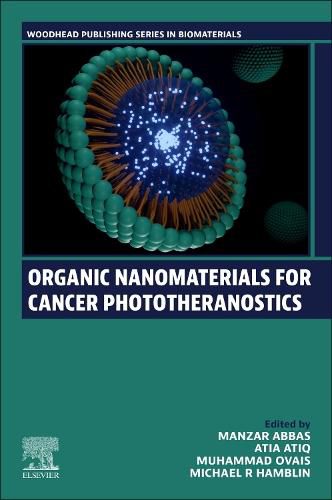Readings Newsletter
Become a Readings Member to make your shopping experience even easier.
Sign in or sign up for free!
You’re not far away from qualifying for FREE standard shipping within Australia
You’ve qualified for FREE standard shipping within Australia
The cart is loading…






Organic Nanomaterials for Cancer Phototheranostics highlights the use of biocompatible building blocks to make nanomaterials that can aid in medical treatment through better diagnostic and antitumor efficacy. The book synthesizes the current literature on synthetic strategies and designs based on peptides, proteins, polymers, lipids, and their conjugates, as well as composites and complexes with metals and inorganic components used to form the nanomaterials. Mechanistic approaches, clinical problems, and therapeutic and diagnostics mechanisms are covered in each chapter. Cellular interactions and uptake, pharmacokinetics, biodistribution, drug delivery efficiency, and safety concerns of these types of nanomaterials are also discussed. Other topics cover photostability, clearance, metabolism, in-vitro and in-vivo mechanisms, therapeutic efficacy, imaging, and toxicology.
$9.00 standard shipping within Australia
FREE standard shipping within Australia for orders over $100.00
Express & International shipping calculated at checkout
Organic Nanomaterials for Cancer Phototheranostics highlights the use of biocompatible building blocks to make nanomaterials that can aid in medical treatment through better diagnostic and antitumor efficacy. The book synthesizes the current literature on synthetic strategies and designs based on peptides, proteins, polymers, lipids, and their conjugates, as well as composites and complexes with metals and inorganic components used to form the nanomaterials. Mechanistic approaches, clinical problems, and therapeutic and diagnostics mechanisms are covered in each chapter. Cellular interactions and uptake, pharmacokinetics, biodistribution, drug delivery efficiency, and safety concerns of these types of nanomaterials are also discussed. Other topics cover photostability, clearance, metabolism, in-vitro and in-vivo mechanisms, therapeutic efficacy, imaging, and toxicology.